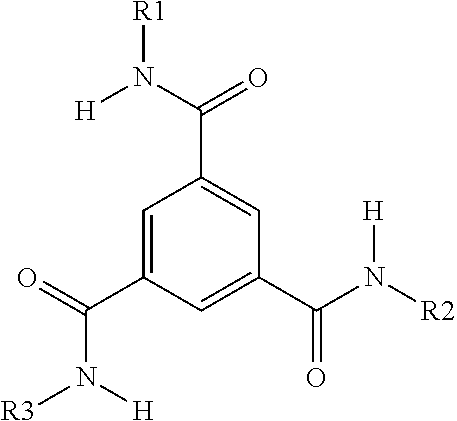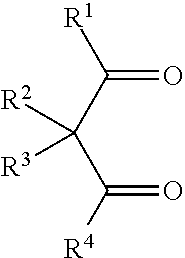Heterophasic Propylene Copolymer with Improved Creep Behavior
- Summary
- Abstract
- Description
- Claims
- Application Information
AI Technical Summary
Benefits of technology
Problems solved by technology
Method used
Image
Examples
examples
[0075]The advantages of the heterophasic propylene copolymers of the present invention over those of the prior art are shown in the following examples.
Test Methods
[0076]Melt flow (MFl) is measured according to norm ISO 1133, condition L, 230° C., 2.16 kg.
[0077]Xylene solubles (XS), i.e. the xylene soluble fraction, are determined as follows: Between 4.5 and 5.5 g of propylene polymer are weighed into a flask and 300 ml xylene are added. The xylene is heated under stirring to reflux for 45 minutes. Stirring is continued for 15 minutes exactly without heating. The flask is then placed in a thermostat bath set to 25° C. + / −1° C. for 1 hour. The solution is filtered through Whatman n° 4 filter paper and exactly 100 ml of solvent are collected. The solvent is then evaporated and the residue dried and weighed. The percentage of xylene solubles (“XS”), i.e. the amount of the xylene soluble fraction, is then calculated according to
XS (in wt %)=(Weight of the residue / Initial total weight of ...
PUM
| Property | Measurement | Unit |
|---|---|---|
| Temperature | aaaaa | aaaaa |
| Temperature | aaaaa | aaaaa |
| Weight | aaaaa | aaaaa |
Abstract
Description
Claims
Application Information
 Login to View More
Login to View More - R&D Engineer
- R&D Manager
- IP Professional
- Industry Leading Data Capabilities
- Powerful AI technology
- Patent DNA Extraction
Browse by: Latest US Patents, China's latest patents, Technical Efficacy Thesaurus, Application Domain, Technology Topic, Popular Technical Reports.
© 2024 PatSnap. All rights reserved.Legal|Privacy policy|Modern Slavery Act Transparency Statement|Sitemap|About US| Contact US: help@patsnap.com










